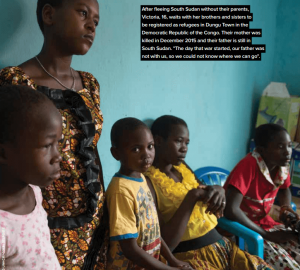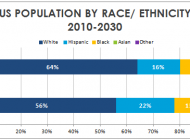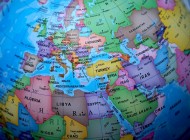This morning, June 20th, the United Nations High Commissioner for Refugees (UNHCR) released a report, estimating that approximately 1% of the world’s population was displaced in 2015. This estimate means that the current number of globally displaced persons is the highest since the aftermath of World War II.
Number of refugees in the world increases — who are these persons?

Photo included in the UNHCR’s report
21.3 million person were refugees, or ”someone[s] who ha[ve] been forced to flee [their] country because of persecution, war, or violence.” 40.8 million were internally displaced persons. 3.2 million were asylum-seekers. These displaced persons totaled 65.3 million. In 2014, 59.5 million individuals were forcibly displaced worldwide. Thus, 5.8 million more people were displaced in 2015 than in 2014.
On average during 2015, 24 people worldwide were displaced from their homes every minute, which approximates to 34,000 people per day. In 2014, 30 people were displaced every minute. In 2005, six people were displaced every minute.
In 2015, an estimated 12.4 million people were newly displaced, which included 8.6 million individuals displaced within the borders of their own country, 2 million new applicants for asylum, and 1.8 million refugees.

Photo included in the UNHCR’s report
54% of all refugees worldwide came from three countries — the Syrian Arab Republic (4.9 million), Afghanistan (2.7 million), and Somalia (1.1 million).
In 2015, children below 18 years of age represented about half (51%) of the refugee population. In 2014, children represented about 41%.
Turkey (2.5 million) hosted the most refugees worldwide, followed by Pakistan (1.6 million), Lebanon (1.1 million), the Islamic Republic of Iran (979,400), Ethiopia (736,100), and Jordan (664,100).
Only 201,400 refugees were returned to their countries of origin. 107,100 refugees were admitted to States for resettlement, according to government statistics. The United States of America accepted the highest number of refugees (66,500).
Tags: demographic analysis demographic trends displaced persons population refugees in the world UNHCR

















